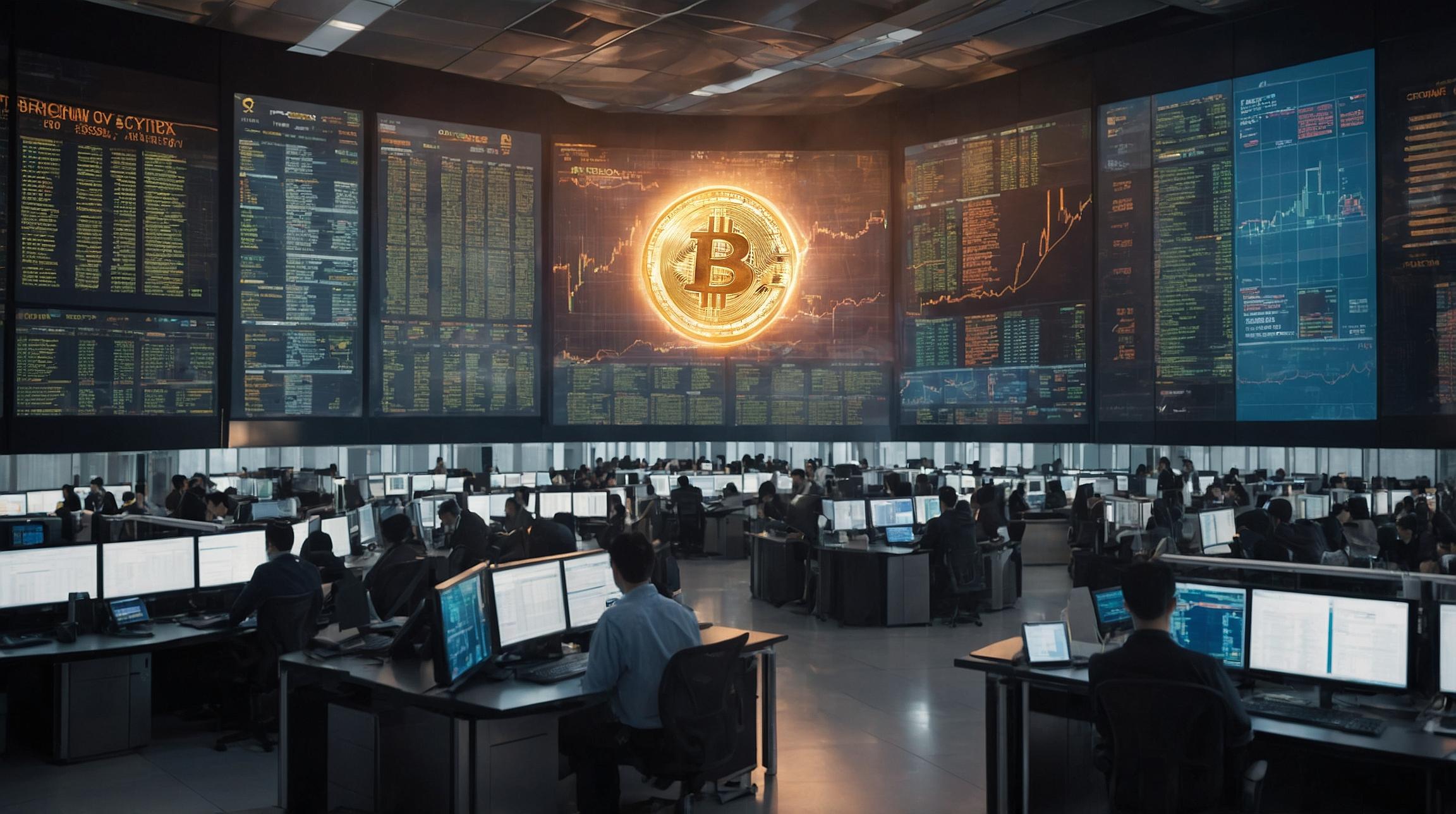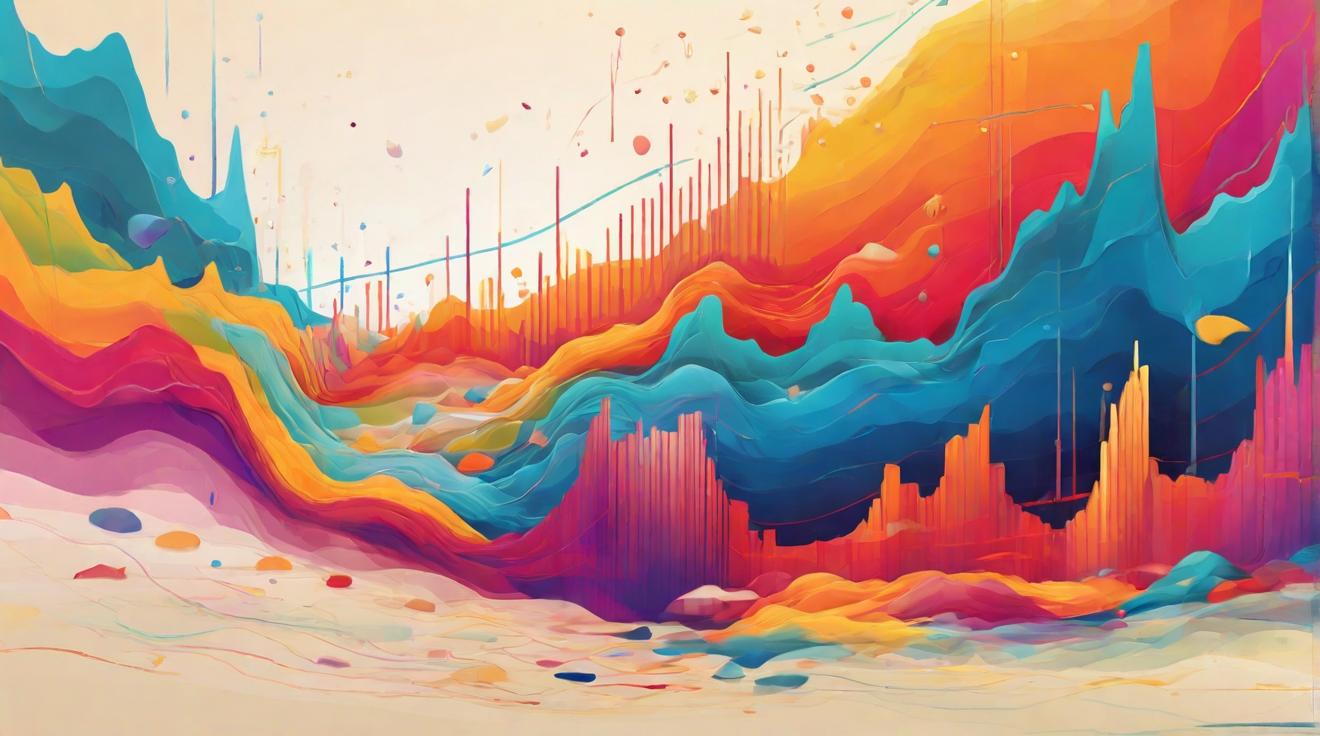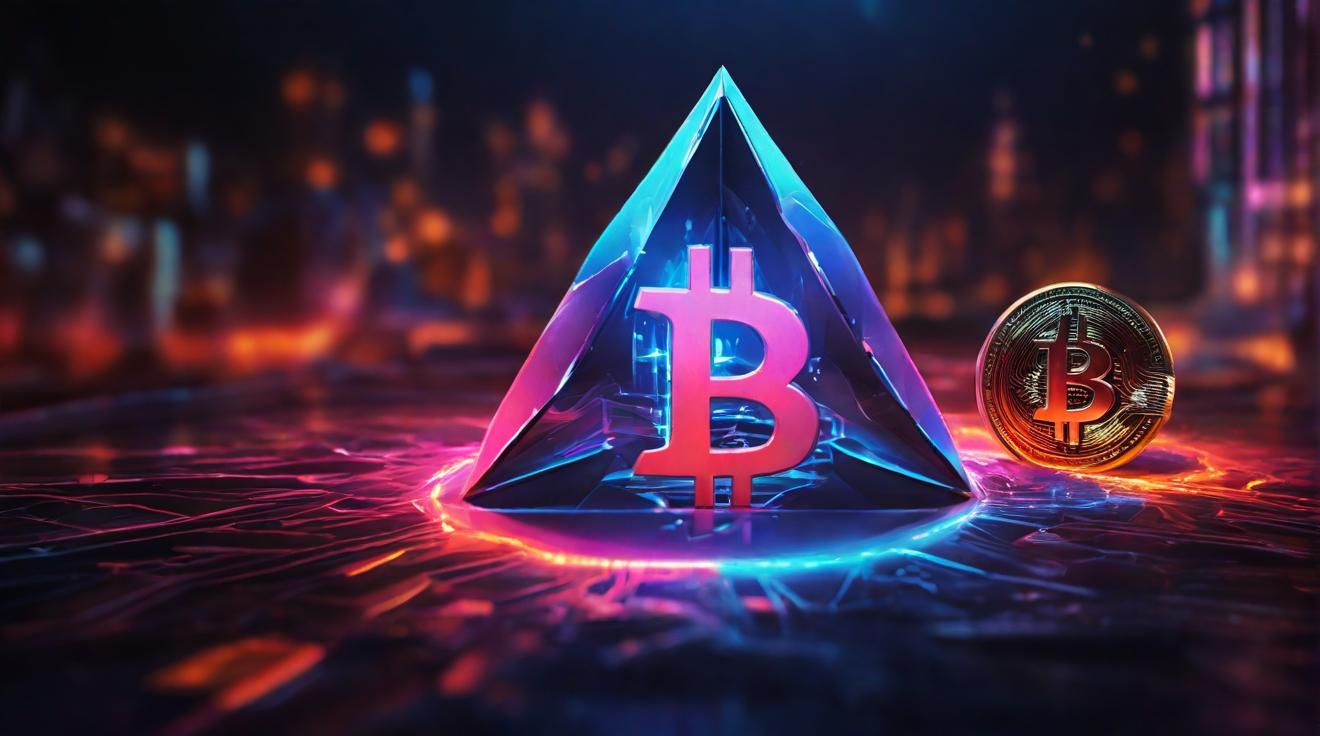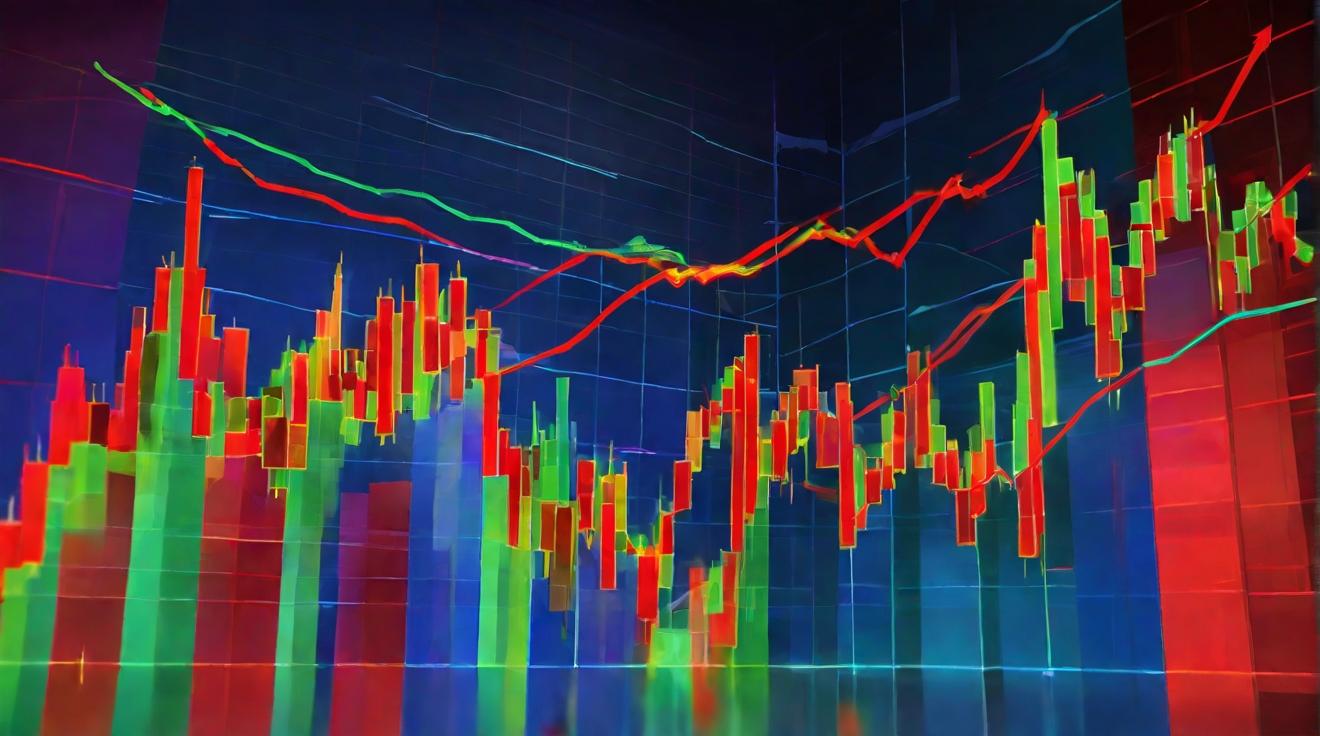How NFTs Impact Artists’ Rights and Royalties in the Digital Art Market
As NFTs continue to gain popularity in the art market, one question that arises is how they impact artists’ rights and royalties. NFTs provide enhanced control over copyright, new revenue streams, and royalties on secondary sales for artists. By utilizing a blockchain-based mechanism, artists can assert and enforce their copyright ownership. With NFTs, artists can embed metadata, including copyright information, provenance, and authenticity, onto the blockchain, making it immutable and unchangeable by anyone. This allows artists to have complete control over their work and protects their rights in the digital art market. Furthermore, NFTs remove the middleman, allowing artists to sell their work directly to collectors and musicians to interact with fans. The hope is that artists can earn a larger share of the proceeds and benefit from the global reach and exposure that NFT marketplaces offer.
The Process of Purchasing and Selling NFTs
For individuals interested in purchasing an NFT, they first need a digital wallet that supports NFT transactions. Popular wallets such as metamask, trust wallet, or Coinbase wallet can be used. Once the wallet is set up, individuals can visit NFT marketplaces like OpenSea or Rarible to select and purchase their desired NFT. On the other hand, artists who want to sell an NFT can mint their digital asset on their preferred marketplace, set a price, and promote it to attract buyers. Minting refers to the creation of a unique token that represents the digital art piece. These tokens can be bought, sold, and owned by individuals.
Risks Associated with NFT Ownership
Owning NFTs comes with its own set of risks. The value of NFTs can be highly volatile, influenced by market demand, trends, and overall sentiment. Unlike cryptocurrencies, NFTs are unique, which means finding a buyer for a specific NFT at the desired asking price could be challenging and lead to liquidity issues. There is also a risk of purchasing counterfeit NFTs or those that infringe on copyright, especially from less regulated platforms. Additionally, there are risks involved in losing NFTs due to vulnerabilities in contracts, platform security breaches, or wallet security. It’s important for NFT owners to be aware of these risks and take necessary precautionary measures to protect their investments.
Verifying Authenticity and Protecting Creators’ Rights
Despite the digital nature of NFTs, the underlying blockchain technology provides robust mechanisms for verifying authenticity and protecting creators’ rights. Each NFT is associated with a unique identifier and metadata recorded on the blockchain, including ownership history and the creator’s details. This unchangeable data makes it difficult for counterfeits to pass as the original. Reputable NFT marketplaces have policies and verification processes in place to prevent the sale of counterfeit assets. These often require proof of authenticity and verification of the creator’s identity. The blockchain technology ensures the transparency and authenticity of NFT transactions, providing artists with the assurance that their work is protected and valued.
Open Forum – Answering Your NFT Questions
The Open Forum segment aims to make the NFT industry more accessible by addressing viewers’ questions. In the previous episode, questions about NFTs were answered, and due to the large number of inquiries, a part two was dedicated to providing more answers. Sarah Galis, a Blockchain research analyst, assisted in finding answers to these questions. Viewers are encouraged to submit their NFT-related questions through social media, as the Open Forum segment will continue to address them in future episodes. The objective is to foster understanding and provide valuable insights into the NFT market for both artists and collectors.
Analyst comment
Heading 1: Positive news – NFTs provide enhanced control over copyright, new revenue streams, and royalties for artists. Artists can assert and enforce their copyright ownership and have complete control over their work, protecting their rights in the digital art market. NFTs also remove the middleman, allowing artists to sell their work directly to collectors and benefit from global reach and exposure.
Market Outlook: The market for NFTs is expected to continue growing as artists and collectors recognize the benefits of enhanced rights and royalties. Artists may experience increased earnings and opportunities for exposure by engaging directly with collectors through NFT marketplaces.
Heading 2: Neutral news – This section provides a description of the process of purchasing and selling NFTs.
Market Outlook: The market for NFTs is expected to continue operating as it currently does, with individuals using digital wallets and visiting NFT marketplaces to transact.
Heading 3: Neutral news with a slight negative tone – Owning NFTs comes with risks such as volatility, finding buyers at desired prices, and the potential for counterfeit or infringing NFTs. It is important for owners to take precautionary measures to protect their investments.
Market Outlook: The market for NFTs may see fluctuations in value and liquidity as a result of these risks. However, with proper diligence and security measures, investors can mitigate potential losses and continue engaging with the NFT market.
Heading 4: Positive news – The underlying blockchain technology of NFTs provides mechanisms for verifying authenticity and protecting creators’ rights. The transparency and authenticity of NFT transactions assure artists that their work is protected and valued.
Market Outlook: The assurance of authenticity and protection provided by blockchain technology is expected to increase confidence in the NFT market, attracting more artists and collectors.
Heading 5: Neutral news – The Open Forum segment addresses viewers’ questions about NFTs to foster understanding and provide valuable insights.
Market Outlook: The Open Forum segment is likely to further educate and attract individuals to













